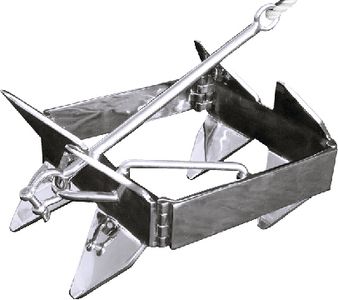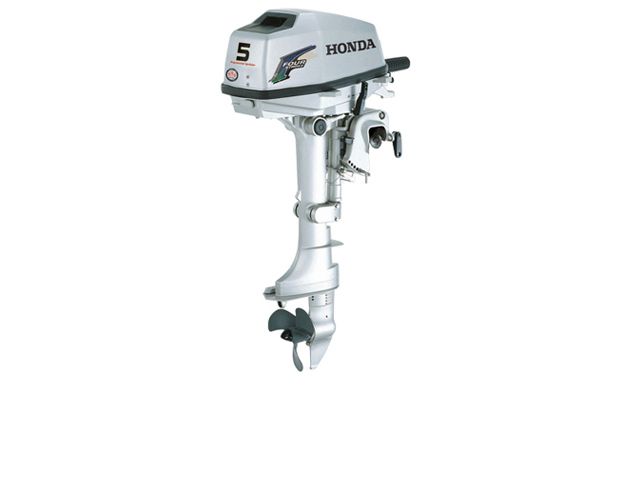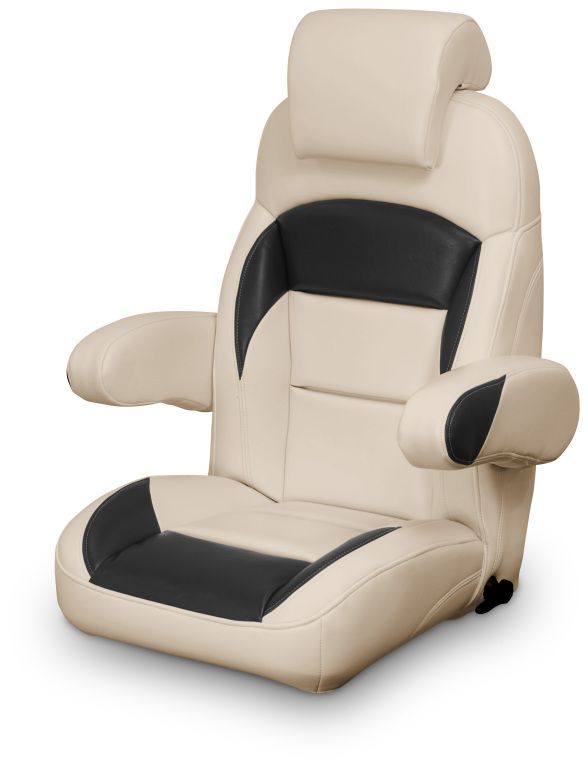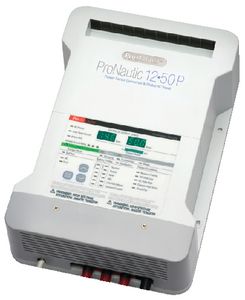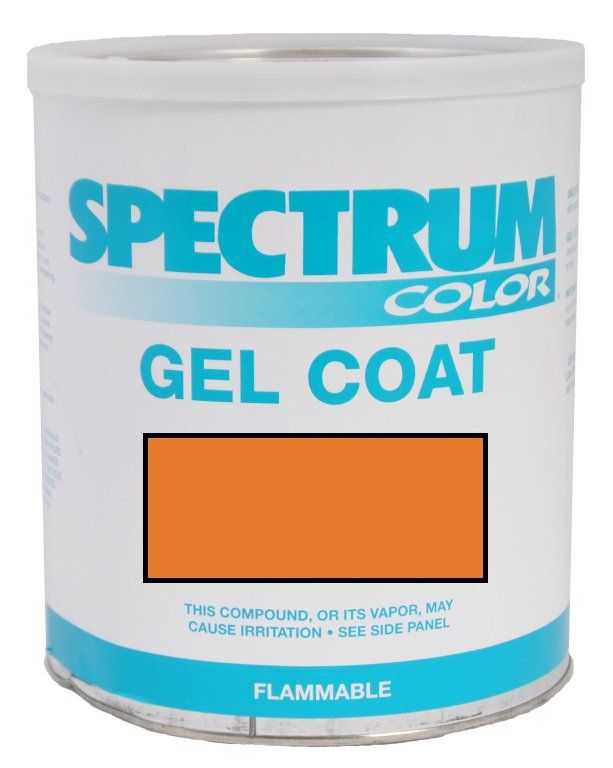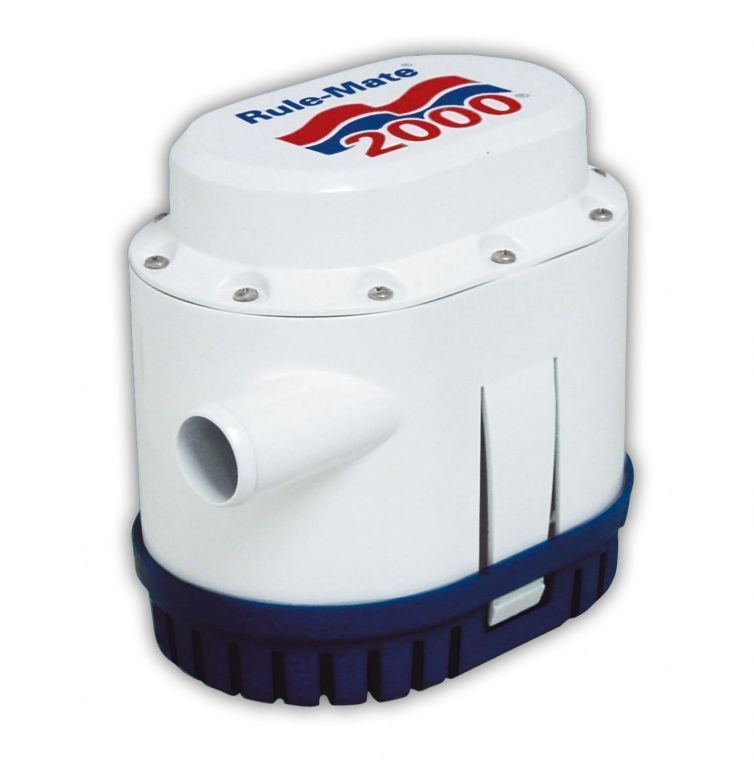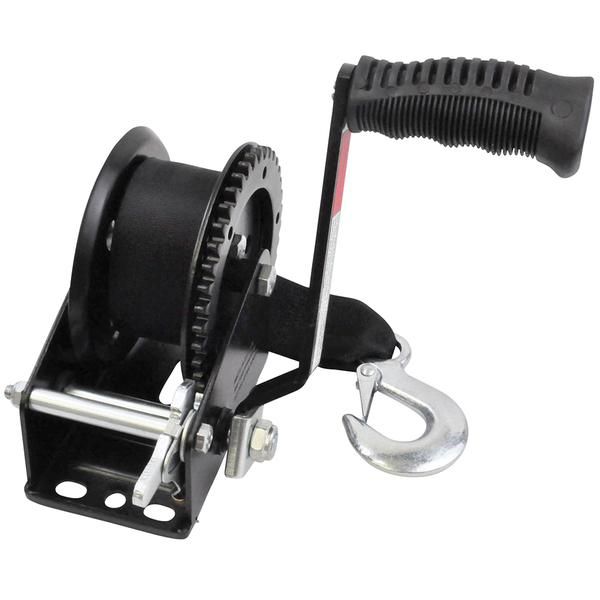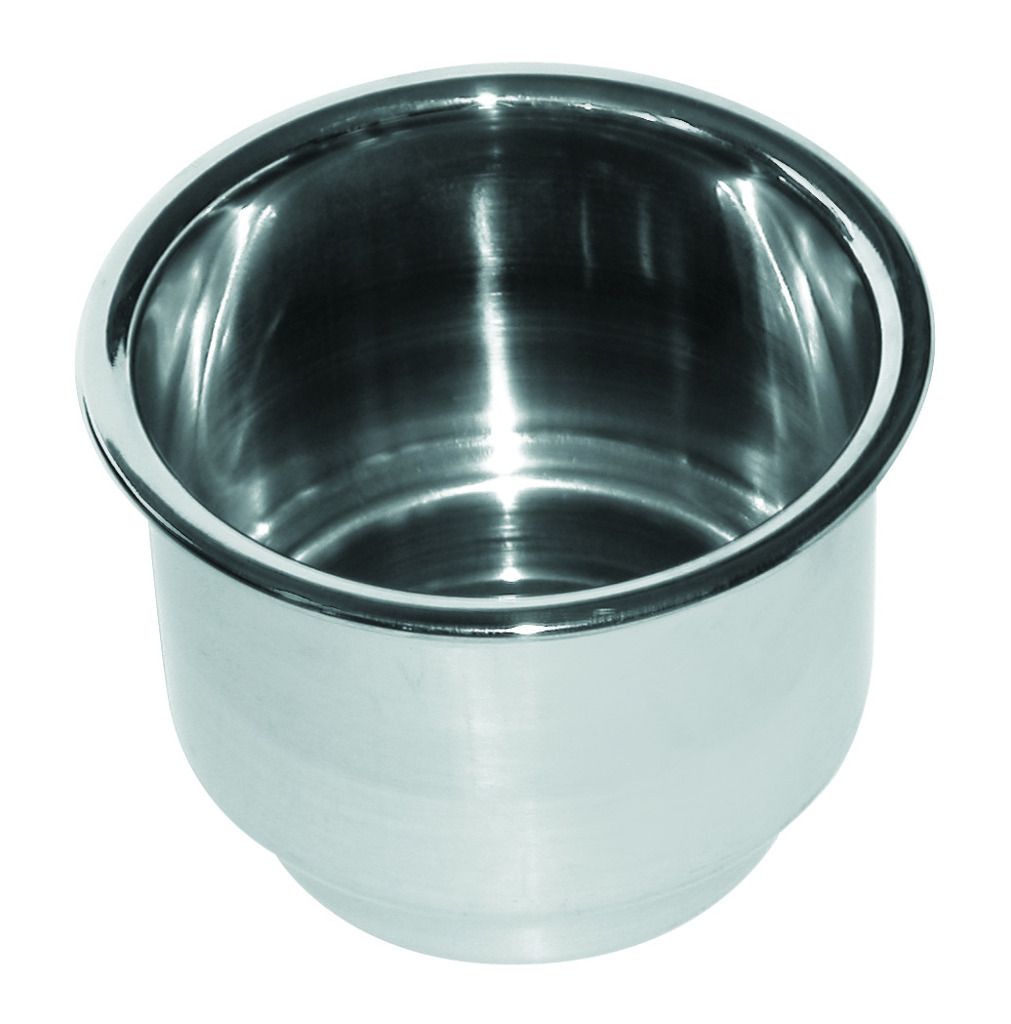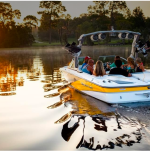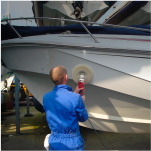Re: 1989 Four Winns 160 Restoration With Pics
Well it has been too long since I have posted any updates on my project. I have made some progress, but not as much as I had hoped I would by this time. I got the old wood out of the transom and got it down to the outer fiberglass skin. I also repaired the hole I chiseled through the gelcoat and also patched the existing holes from the small step and ladder since I will be installing something else. I also patched a hole from a light that was mounted in the transom since if I reinstall it I will move it to a different location. Although I am primarily using epoxy for this project, I patched the holes with poly resin. Basically I wanted a the complete outer skin of the transom to be poly so I can apply gelcoat from the outside without having problems trying to apply it over epoxy bonding. Unfortunately I do not have any photos of this part.
I glued up the plywood for the transom suing 2 layers of 1/2? and one layer of 5/8? to get the appropriate thickness. I used thickened epoxy to laminate the plywood. It took a lot more than I expected. Each layer took over a quart of resin, which I thickened with approximate equal parts of cabosil and wood flour. I clamped the plywood using as many clamps as I could lay my hands on. The work surface I used was two solid core doors, which were fully supported and dead flat so I would be sure the core would end up flat.

After trying to test fit a template for the transom, I quickly discovered that there was no way I was going to get the new plywood in there without taking the cap off. So I took off the rub rail and about a million screws around the boat and lifted off the cap using some cargo straps secured to a beam and the ceiling of my garage. I just went around raising each strap a little bit at a time. I am doing all of this work alone and didn?t have another place to put the cap so this was the way that made the most sense to me.

With the cap off it was not a problem fitting in the new plywood core and gluing it in place with thickened epoxy. I had to mix it up in multiple batches, but since I am using epoxy from US Composites with the medium hardener I had plenty of working time. I just spread each batch out on the transom so it would not start to harden in the pot while I mixed up the next batch. It was a real mess and I had my hands full so I don?t have any photos while I was doing it, but here is the plywood glued in.
Then I used the same thickened epoxy (PB) to fill the gap and make a fillet around the perimeter.
After that PB had plenty of time to cure I cleaned up the fillet in a few places and glassed the plywood to the hull. First I put down a layer of 6? 1708 biax followed by layer of 11? biax without mat and then covered the entire thing with 1708 overlaping the prior layers. I did it wet on wet, all in one session.
Does this sound like enough layers or do I need to add more?
I had to mix up so many batches of epoxy I lost track of how many it took. There is a big difference using the biax without the mat. It wets out so much easier and takes a lot less resin.
There are two spots that I couldn't get it to lay down on the hull where there is a chine(?) on each side. Before laying the glass I filled it in a bit, but not enough so there is an air pocket on each side about 6" from the transom.
Next I am going to start tearing out the floor and stringers.

